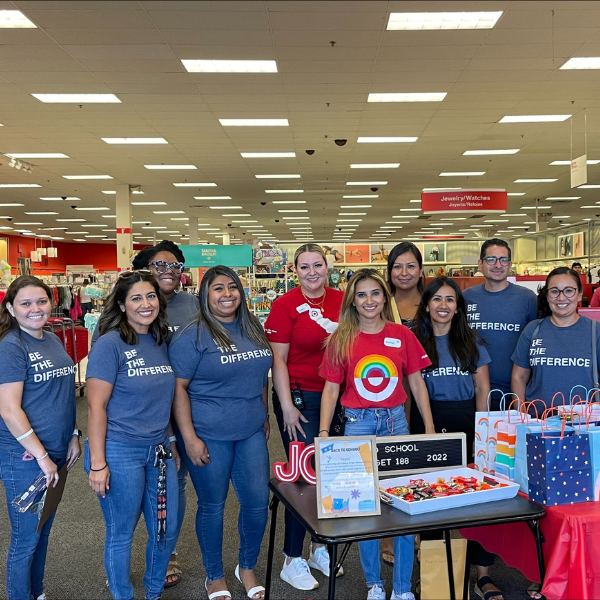 CASA of San Bernardino County currently has 220 foster youth waiting for a Court Appointed Special Advocate (CASA) to be a champion for their future. CASA volunteers commit to a minimum of 18 months, meeting in person with the foster child they are matched with once a month and making weekly contact. Working with an Advocate Supervisor, CASAs have contact with professionals involved in the child’s case such as caregivers, social workers and teachers. Then twice a year, CASA volunteers submit court reports and recommendations that ensure the child’s needs are met and that they are on track for a positive future.
CASA of San Bernardino County currently has 220 foster youth waiting for a Court Appointed Special Advocate (CASA) to be a champion for their future. CASA volunteers commit to a minimum of 18 months, meeting in person with the foster child they are matched with once a month and making weekly contact. Working with an Advocate Supervisor, CASAs have contact with professionals involved in the child’s case such as caregivers, social workers and teachers. Then twice a year, CASA volunteers submit court reports and recommendations that ensure the child’s needs are met and that they are on track for a positive future.
“Our youth have a 98% high school graduation rate,” Cesar Navarrete, CASA of San Bernardino’s executive director said. “It shows you the impact of having an adult that is championing for you. Their chances of graduating high school skyrockets.”
There are 9,000 kids in foster care in San Bernardino County, according to Navarrete who said they are the highest-risk youth with the greatest potential. The national graduation rate for youth in the foster system is 56 percent.
The need for CASA volunteers increases every year and volunteers often get as much back as they give. CASA volunteers can create lifelong relationships with their youth. Once the child turns 18 years old, the CASA volunteer may transition to being a friend the foster youth can lean on for advice and share in their successes. CASA volunteers have stayed connected with their youth to go on to attend college graduations and weddings and welcome babies into the world.
“In the end, it’s about relationships and lifelong connections,” Navarrete said.
Recently, CASA of San Bernardino County received a Community Impact grant from the Inland Empire Community Foundation. The organization depends on grants and donations to increase its capacity and provide additional programming for youth. This need for support has increased with the cost of living.
Donations make it possible for foster youth to go to a restaurant, the movies, the zoo or a sporting event with their CASA volunteer. Having outings and experiences like their peers can have a big impact on foster youth, according to Navarrete. Rather than traveling in a van with other kids from their group homes, they are able to blend in with the rest of the crowd and not be singled out.
The organization tries to help create childhood moments and experiences that foster youth cherish.
Adults interested in volunteering to become CASA volunteers can attend a virtual information session through the organization’s website and complete a questionnaire to receive an application. After completing the application volunteers can participate in CASA University and Zoom Training, complete a background check and are sworn in, taking an oath as a Court Appointed Special Advocate. CASAs will then be connected to a staff Advocate Supervisor who will provide professional support. Volunteers are then matched with a child on the waitlist based on the information gathered from the youth and the volunteer, creating the best partnership possible. There are youth on the waiting list in cities throughout San Bernardino County.
Community members that want to help but do not have time to volunteer are encouraged to share the possibility of becoming a CASA volunteer with others. CASA volunteers could be college students, professionals just starting their careers, retired, working part-time, or a stay-at-home mom or dad. They can be anyone who has the time can help transform a child’s life.
“You don’t have to be a superhero, a millionaire, or famous,” Navarrete said. “You may think you have nothing to offer but you have time, passion and commitment and that’s what a youth needs.”
For more information: https://www.casaofsb.org/ or 909-881-6760
This article originally appeared in the Press Enterprise, November 2022
Stay up-to-date on the good work IECF is doing through the power of philanthropy. Sign up for our monthly eNewsletter, Philanthropy Matters.


